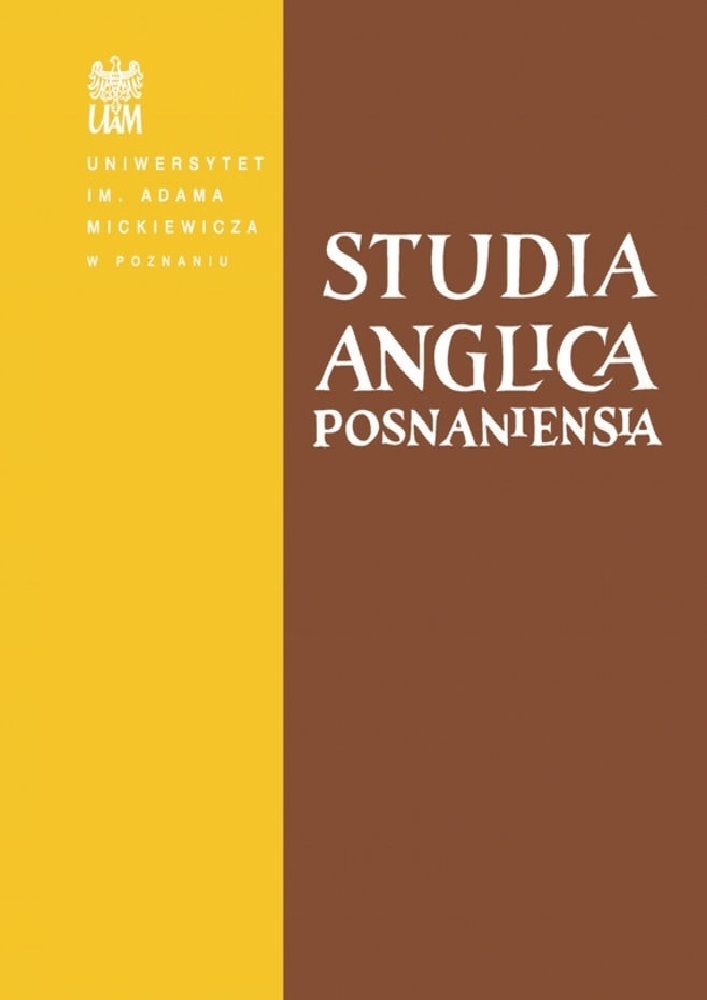Abstract
The aim of this article is to analyse the relationship that second- and third-generation Italian migrants in Australia have with the Italian dialect of their family. We report on the survey we recently carried out among young Italian-Australians, mainly learners of Italian as a second language. First, we analyse the motivation behind learning Italian as a heritage language. We then move on to describe their self-evaluation of their competence in the dialect of their family, and their perception thereof. Surprisingly, our survey reveals that not only are Italian dialects still understood by most second- and third-generation Italians (contrary to what people may think), but Italian dialects are also perceived by young Italian-Australians as an important part of their identity. For them, dialect is the language of the family, particularly in relation to the older members. It fulfills an instrumental function, as it enables communication with some family members who master neither English nor Italian, but above all, it is functional to the construction of their self and their social identity.
References
Andreoni, Giovanni. 1967. Australitalian. University Studies in History 5(1).114-119.
Benatti, Ruben. 2015. Esigenze e motivazioni legate all’apprendimento dell’italiano come lingua seconda da parte di studenti australiani e italo-australiani. Paper read at the 8th Biennial ACIS Conference, Sydney, 1-4 July 2015.
Berruto, Gaetano. 1987. Sociolinguistica dell’italiano contemporaneo. Roma: La Nuova Italia scientifica.
Bettoni, Camilla. 1985. Tra lingua, dialetto e inglese. Il trilinguismo degli italiani in Australia. Sydney: Filef Publications.
Bettoni, Camilla. 1988. L’italiano in Australia: tra innovazione e purismo. Paper read at the Tredicesimo congresso internazionale dell’Associazione Internazionale per gli Studi di Lingua e Letteratura Italiana conference, Perugia.
Bettoni, Camilla. 2007. Un profilo sociolinguistico della società italo-australiana. In Anna Ciliberti (ed.), La costruzione interazionale di identità. Repertori linguistici e politiche discorsive degli italiani in Australia, 37-67. Milano: Franco Angeli.
Bettoni, Camilla & John Gibbons. 1988. Linguistic purism and language shift: a guise-voice study of the Italian community in Sydney. International Journal of the Sociology of Language 72. 15-36. DOI: 10.1515/ijsl.1988.72.15
Bettoni, Camilla & John Gibbons. 1991. L’influenza della generazione e della classe sociale sugli atteggiamenti linguistici degli italiani in Australia. Rivista italiana di dialettologia 14. 113-138.
Bettoni, Camilla & Antonia Rubino. 1996. Il trilinguismo dei siciliani e dei veneti in Australia. Galatina: Congedo.
Cavallaro, Francesco. 2010. Transgenerational language shift: From Sicilian and Italian to Australian English. Macleod, Vic: Italian Australian Institute.
Chiro, Giancarlo & Jerzy Smolicz. 2002. Italian family values and ethnic identity in Australian schools. Educational Practice and Theory 24(2). 37-51. DOI: 10.7459/ept/24.2.04
Clyne, Michael. 1991. Community languages: The Australian experience. Cambridge: Cambridge University Press.
Cresciani, Gianfranco. 2003. The Italians in Australia. Cambridge: Cambridge University Press.
D'Agostino, Maria. 2015. L’Italia delle italie, ieri e oggi. Paper presented at the 8th Biennial ACIS Conference, ACIS, 1-4 July 2015.
De Mauro, Tullio. 1982. Minisemantica dei linguaggi non verbali. Roma-Bari: Laterza.
De Mauro, Tullio. 1984 [1963]. Storia linguistica dell’Italia unita. Roma-Bari: Laterza.
Diadori, Pierangela, Massimo Palermo & Daniela, Troncarelli. 2009. Manuale di didattica dell'italiano L2. Perugia: Guerra Edizioni.
Eidelman, Scott & Paul J. Silvia. 2010. Self-focus and stereotyping of the self. Group Processes and Intergroup Relations 13(2). 263-273. DOI: 10.1177/1368430209353631
Ferguson, Charles A. 1959. Diglossia, Word 15(2). 325-340. DOI: 10.1080/00437956.1959.11659702
Gallina, Francesca. 2011. Australia e Nuova Zelanda. In Massimo Vedovelli (ed.), Storia linguistica dell'emigrazione italiana nel mondo, 429-475. Rome: Carocci Editore.
Gonzo, Susan & Mario Saltarelli. 1983. Pidginization and language change in emigrant languages. In Roger Andersen (ed.), Pidginization and creolization as language acquisition, 181-197. Rowley: New House Publishers.
Krashen, Stephen D. 1981. Second language acquisition and second language learning. Oxford: Pergamon.
Mascitelli, Bruno & Riccardo Armillei (eds.). 2017. Australia's new wave of Italian migration: Paradise or illusion? Melbourne: Australian Scholarly Publishing.
Rubino, Antonia. 2006. Linguistic practices and language attitude of second generation Italo-Australians. International Journal of Sociology of Language 180. 71-88. DOI: 10.1515/IJSL.2006.041
Tajfel, Henri. 1972. La catégorisation sociale. In Serge Moscovici (ed.), Introduction a la psychologie sociale, 272-302. Paris: Larousse.
Tajfel, Henri & John C. Turner. 1986. The social identity theory of intergroup behavior. In Stephen Worchel & William G. Austin (eds), Psychology of intergroup relations, 7-24. Chicago: Nelson Hall.
Valdes, Guadalupe. 2000. The teaching of heritage languages: An introduction for Slavicteaching professionals. In Olga Kagan & Benjamin Rifkin (eds), The learning and teaching of Slavic languages and cultures, 375-403. Bloomington: Slavica Publishers.
Vedovelli, Massimo. 2002. L'italiano degli stranieri. Storia, attualità e prospettive. Roma: Carocci.
Walsh, Kate. 2001. The changing face of Australia: A century of immigration, 1901-2000. Sydney: Allen & Unwin.
